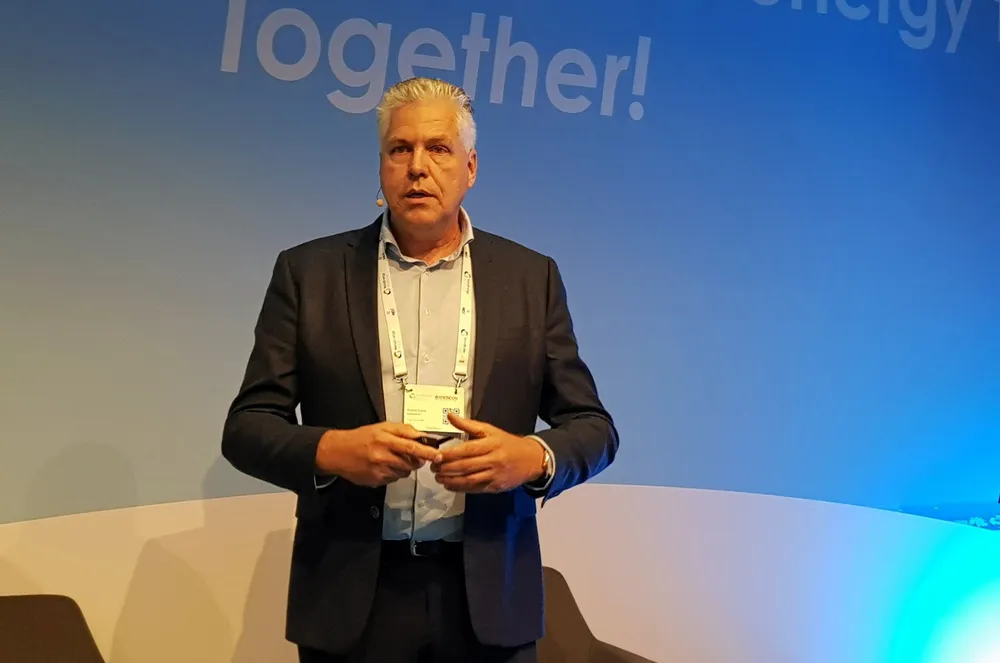Giant North Sea offshore wind-to-hydrogen farms could be later than expected
Gasunie executive more cautious over timeframes than earlier assumptions by AquaVentus initiative

Large-scale offshore production of green hydrogen from North Sea wind power is only likely to become a reality from the late 2030s or early 2040s, said an executive at Gasunie.
Evers based his comments on a recent study by Gasunie, Dutch transmission system operator TenneT and Danish peer Energinet, which looked at the impact the planned build-out of 300GW of offshore wind turbines in the North Sea would have on the electricity grid and wider energy system.
Evers told a panel at Hamburg that as such vast levels of capacity are approached there will come “a tipping point” at which landing the power by transmission infrastructure becomes impossible.
“That is where hydrogen is of importance,” he said.
According to the network operators’ study, electrolysers are expected to emerge first onshore around the landing zones of power lines from offshore wind farms, where electricity would be converted into green hydrogen.
“Once the build-out towards 300GW is more advanced, you also see offshore electrolysers emerging. Then we are talking about the end of the 2030s or the beginning of the 2040s,” Evers said.
“Beyond 2035 and towards 2040, we will see that electricity prices will be below 2 euro cents per kilowatt hour ($0.022/kWh) for much of the year,” he added, based on forecasts by the E-Bridge consultancy.
The Gasunie expert also cited another study from Germany, under the umbrella of the AquaVentus initiative, which looked at the most cost-effective way to transport the energy to land once a massive capacity of wind at sea is built.
The study assumes that most of the wind farms dedicated to offshore hydrogen will be placed in zones 4 and 5 of Germany’s exclusive economic zone in the North Sea, which lie far offshore at some 300km from the coast.
It identified four scenarios – with one exclusively transporting electrons to land via power lines, one exclusively producing hydrogen directly at sea and then shipping it to land via 1.5-metre-wide pipelines, and two mixed power-line/pipeline transport scenarios.
“The outcome is that the mixed connection makes sense. If you look at the total net present value of investment, the mixed connection is far cheaper,” Evers said without further elaborating.
Talking about scenarios beyond 2035, where there is a large renewables build-out with “lots of fluctuations” due to variability in output, electrolysers will become a key part of how the onshore and offshore power systems are managed.